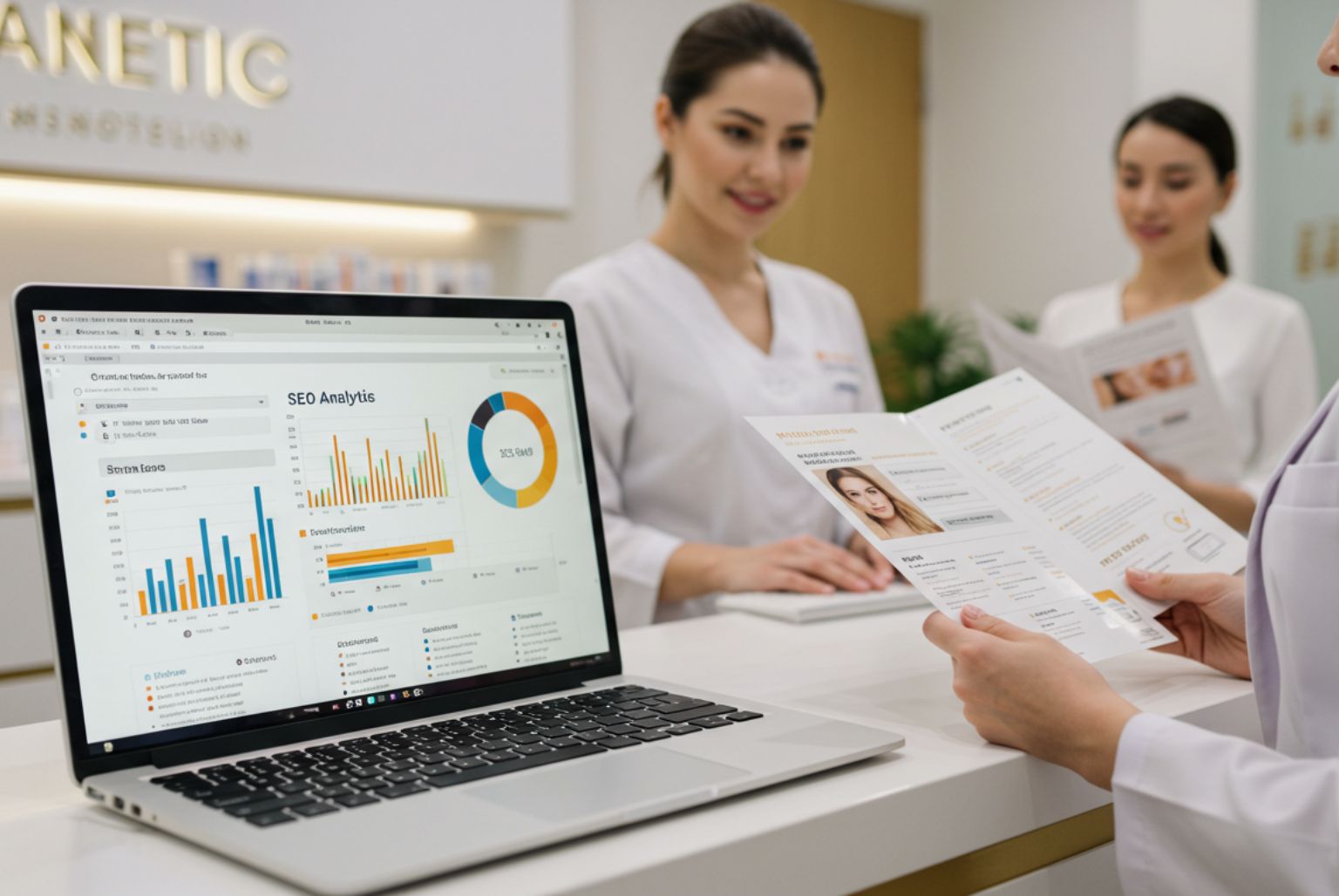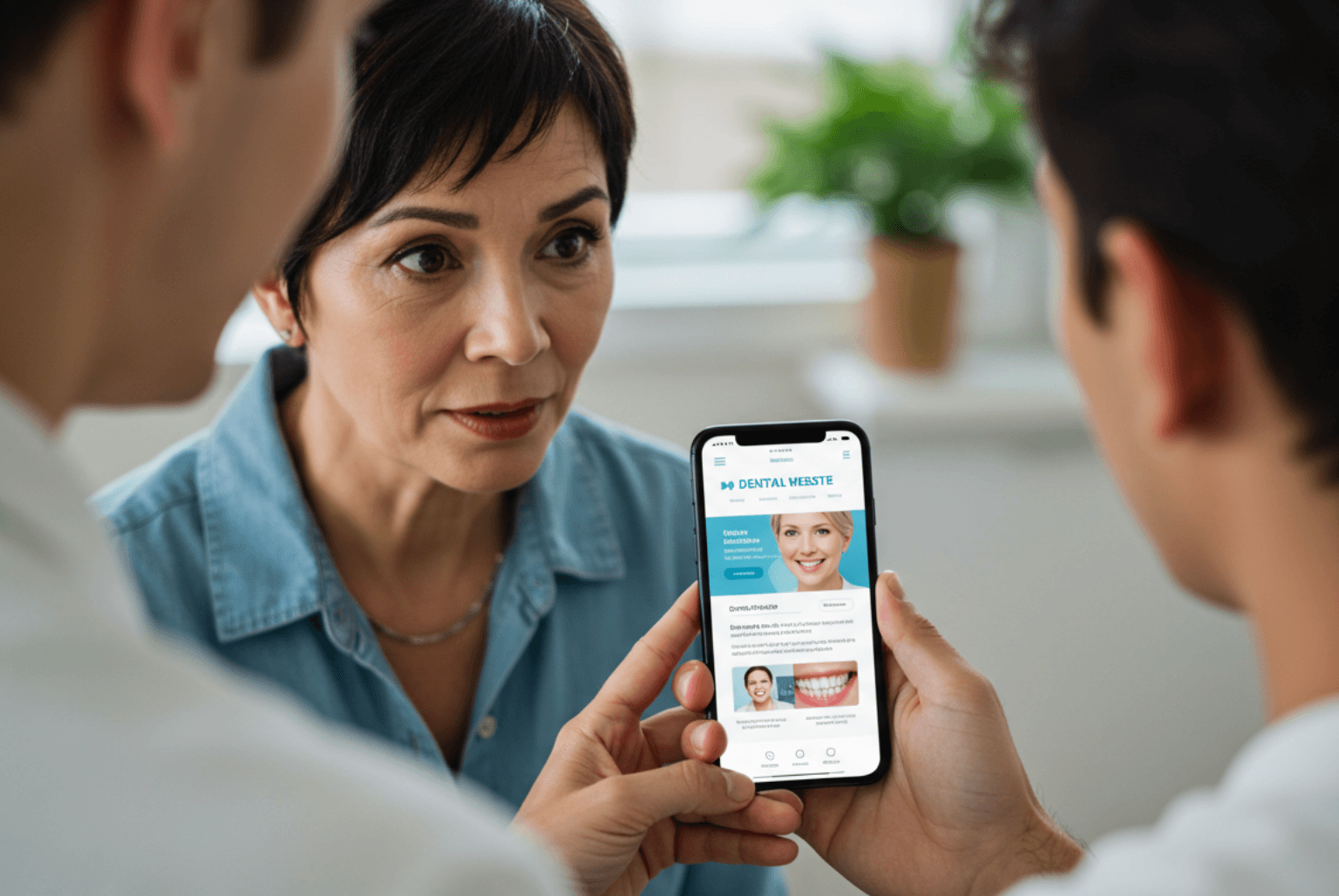As a dental or medical cosmetic clinic, it’s essential to offer potential and existing patients the information they want and need about the treatments you offer. Get your treatment pages right and it’s pretty safe to say that you’ll see an upturn in enquiries and bookings.
But what makes the perfect treatment page?
1. The most important page
In our experience, treatment pages are the most important pages of your website for both potential patients and search engine optimisation. We recommend that all of your treatment pages follow the same format so that, regardless of what treatment page a visitor enters your website by, they have the same experience of clear information, reassurance and directions about what to do next.
Generally speaking, it’s better to have a page per treatment so that you can optimise each page to show up in searches for the treatment to which it relates. It also makes it easier for people to find the information they want.
2. Instill trust
As we’ve mentioned in previous blogs, one of the biggest barriers to securing a new patient is fear. Across all industries consumers tend to fear regretting their purchase, wasting their money or even being made to look foolish by buying from the wrong company. These concerns are even more prevalent in the dental and medical cosmetic fields where people have the fear that their appearance will be damaged rather than enhanced if they choose the wrong practitioner.
With this in mind, your treatment pages need to instill trust. Show that you know what you’re doing, that you will answer questions honestly and be transparent about potential risks and side effects, as well as realistic about the achievable results. Let patients know about your skills, experience, qualifications, and memberships of professional bodies too.
3. Make it easy to visualise the journey
If someone is considering a treatment for the first time, they may have plenty of questions about what to expect. With careful planning, your treatment pages can be designed and written in a way that makes it easy for potential patients to visualise the journey they will take through the clinic. Talk to them about the initial consultation, how you evaluate their individual needs, what to expect at the treatment appointment, potential side effects, aftercare and how long they can expect the results to last. This will help them to picture the benefits of having the treatment.
4. Clear title
When someone arrives on your website, you have a matter of seconds to capture their attention before they navigate away. Eye tracking software shows that the majority of people look to the top left of the screen to find out what the page is about. Therefore, your main title is a prime piece of real estate on the page.
Use a clear title that states the name of the treatment and make sure the main heading on the page is given an H1 tag. This will help both people and search engines see at a glance what the page is about.
Also remember to use clear subtitles with H2, H3 and H4 headings (depending on the design) to help people get value from skim reading the page.
5. Brief overview
It can be helpful to include a brief overview about the treatment and the issues it can treat at the top of the page before you go into more detail. The reason for including this overview is that, as many people skim read content, the top level information – what the treatment is and the concerns it can address – is visible at a glance. From this information, people can decide whether they want to scroll down the page and read in more depth. They might even decide to pick up the phone and ask more.
6. Answer questions or concerns
Consider having a Frequently Asked Questions section or similar on each treatment page where you answer common questions or concerns. This serves several functions: providing reassurance, overcoming fear, providing information, and showcasing your expertise.
7. Before and After images
We understand that not all patients are willing to have their before and after images displayed online but it’s important to seek consent from patients where possible to feature their results in your marketing.
Genuine before and after images – especially ones that you have achieved within your clinic rather than those supplied by manufacturers – can help to show patients what they might expect from their own treatment, creating desire and aspiration.
8. Share on social media
Plan to share specific treatment pages on social media from time to time. It’s a good idea to follow the 80/20 rule, where only 20% of your posts (i.e. one in five) are promotional/selling posts, but you can share treatment pages with the intention of providing helpful information, generating and answering questions, and generally educating potential patients about specific treatments.
You might also want to ensure that you have social media sharing options on your treatment pages so that patients can make recommendations to their friends and family.
9. Single page goal
Every treatment page on your website should have a single goal, which is usually to convert traffic to enquiries. The danger of having several goals for one page is that it can dilute your message. Keep things simple and clear.
10. Feature a call to action
Finally, every page of your website – especially your treatment pages – should feature a call to action that tells people on the page what they need to do before they navigate away from the site. For many clinics, this means booking an initial consultation or new patient appointment. A well-designed treatment will draw the eye to the booking request form, which should be quick and easy to complete.
Neglecting to include a call to action means that people will be far more likely to leave your site without making an enquiry. Most people appreciate clear guidance about their next step.




